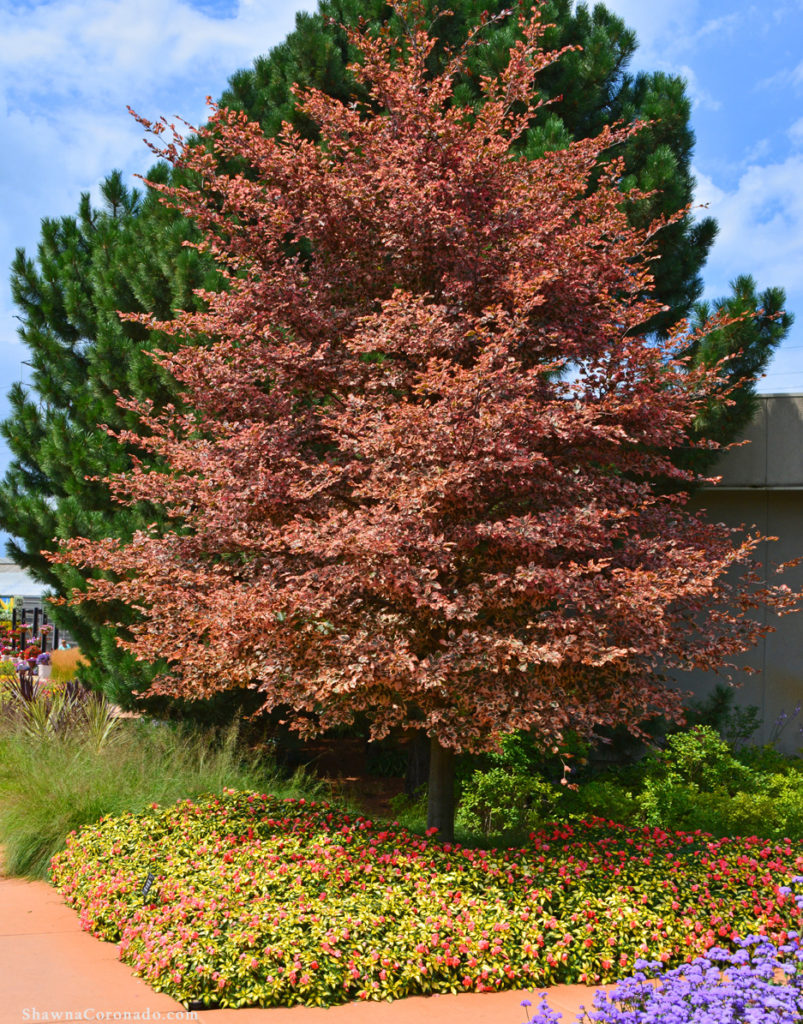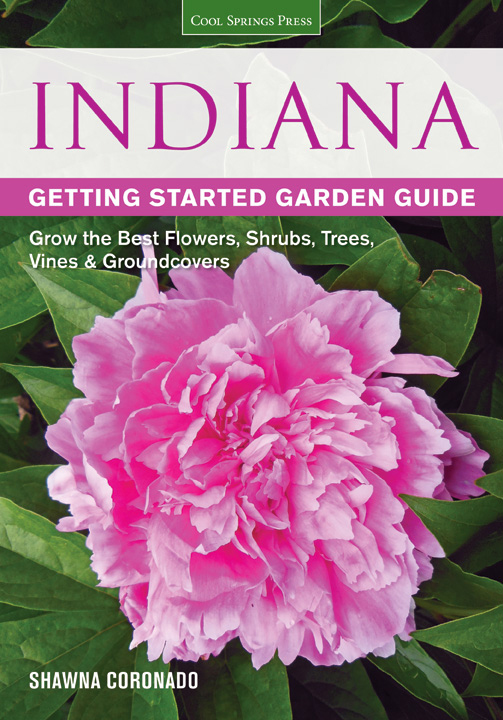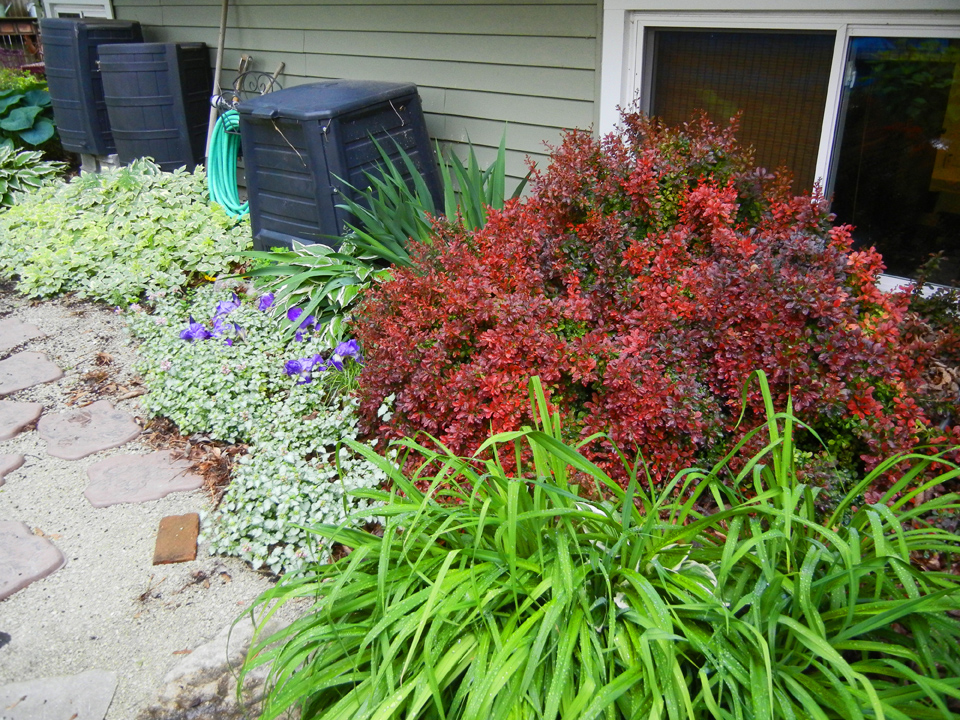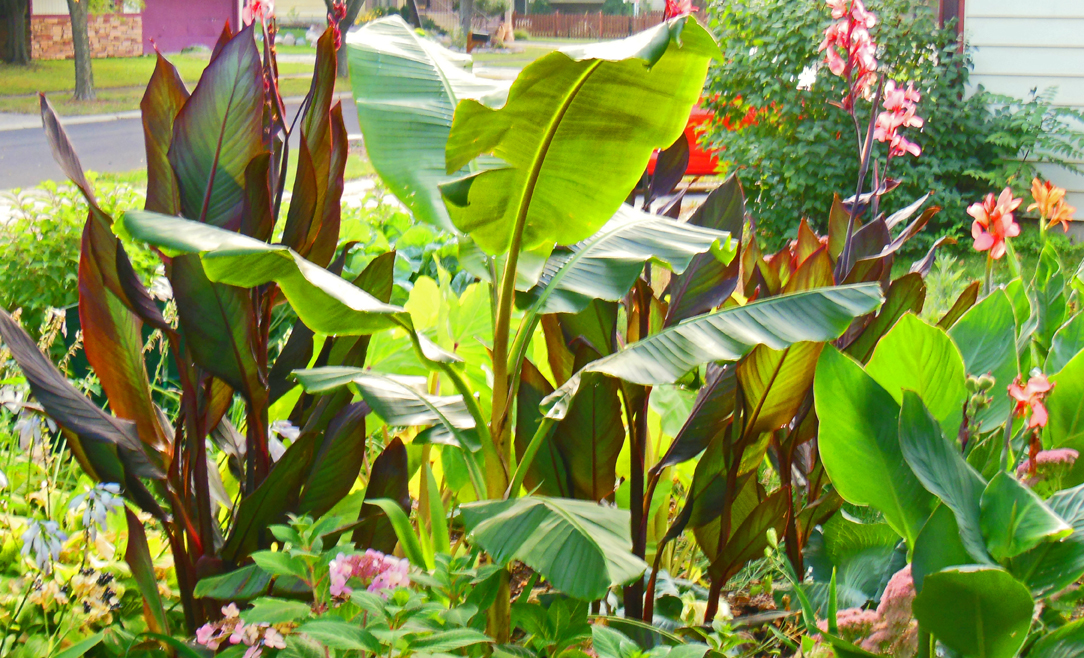How to Grow a Beech Tree

Beech Tree Make Great City Trees
Beech trees have smooth silver trunks that stand quite straight, with glossy green leaves that turn yellow, then brown in fall. There are many varieties of beech. European beeches are typically taller than the American species, at up to 90 feet, with an affinity for full sun and browner autumnal leaves. The tree is more tolerant of pollution than other species of beech.
American beeches grow to a height of 70 feet, and while they prefer full sun, they will also tolerate part shade. As a native tree, American beeches serve many positive purposes for the environment. Hollow trees house birds and small mammals. Interesting-shaped triangular beechnuts provide food for wildlife. Beech trees are also grown and harvested for flooring and furniture. Below is an excerpt from the Indiana Getting Started Gardening Guide which can give you an idea of how to care for a beech tree.
How to Grow a Beech Tree
- Botanical name — Fagus spp.
- Bloom Period and Seasonal Color — Fall; yellow and brown foliage; green and multicolor leaves in spring and summer
- Mature Height × Spread — 40 to 90 feet × 40 to 90 feet
- Added Benefits – Foliage color
- Sun Requirements – Sun, Part-Sun, Part-Shade – Garden Zones 3 to 9
When, Where, and How to Plant
When purchasing a beech, make sure you understand if the variety prefers part shade or sun conditions before choosing your site. Beeches appreciate rich soil that is well-drained, with very consistent moisture. Water the rootball well before planting. Dig a hole at the same depth of the rootball but at least twice as broad. Plants that are balled and burlapped should have as much of the burlap and wire basket removed as possible. Do not plant beneath power lines as the tree grows too large.
Beech Tree Growing Tips
Mulch after planting with 3 inches of compost to help the tree get established. Beeches are susceptible to root area disturbances. Continue mulching annually to assist the beeches’ shallow roots stay protected and hold more moisture. Compost or mulching material should be kept at least 3 inches away from the tree trunk to prevent rot. Do not add any amendments to the planting hole as fertilizers and some manures can burn the roots. Consistent moisture is key.
Tree Care –
Aphids are easily dislodged with a spray of water from a hose. Beech bark disease happens when a tree is attacked by scale and fungus; there is no cure. It can sometimes be challenging to grow turfgrass beneath a beech due to its shallow root system and dense foliage growth.
Companion Planting and Design –
Beeches do not do well in parking lots or along streets where their root structure cannot expand significantly. They are sensitive to salt so should not be planted near sidewalks that are salted. They are great in an area where the roots will have plenty of space to expand, such as large lawns, estate parkways, or as a specimen in a parklike setting.
‘Roseo-Marginata’ is a tricolor European beech that has green, white, and pink leaves with copper fall colors. It is best suited to part-shade. ‘Asplenifolia’ has an interesting fine-cut leaf with golden fall color. ‘Pendula’ is a weeping European beech with astounding arching branches. ‘Riversii’ has deep purple foliage all season that fades to coppery orange in fall.
If you would like more growing and gardening ideas for landscaping for trees like the beech, particularly for gardens in the Midwest, please get my book, the Indiana Getting Started Garden Guide.




